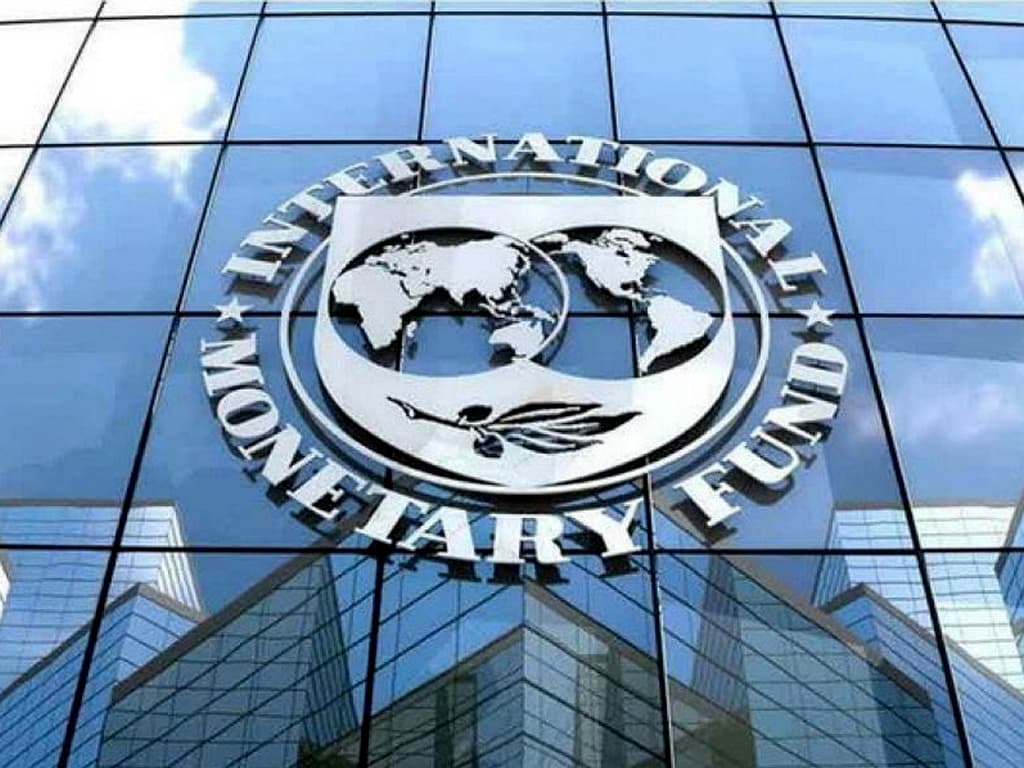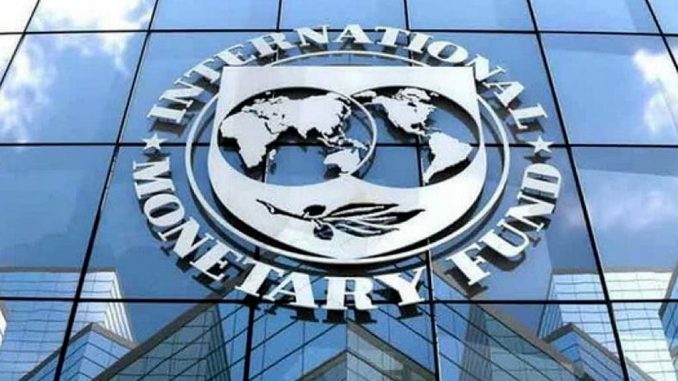

The International Monetary Fund reports that Nigeria’s GDP per capita fell from $877.07 in 2024 to $835.49 in 2025, marking a 4.74% decline.
This continues a downward trend since 2014, when it stood at $3,220, according to data from the IMF website on Thursday.
However, the IMF projects a rebound in 2026 and 2027, with Nigeria’s GDP per capita expected to exceed $1,000 by 2028, reaching $1,040.
Gross Domestic Product is the primary indicator of a country’s economic activity.
It measures the total value of final goods and services produced within a country at current prices over a specific period, divided by the average population for that year.
The data also shows that Nigeria, along with most sub-Saharan African countries, falls within the $500 to $2,500 GDP per capita range, with some nations below $500.
This decline coincides with the National Bureau of Statistics’ GDP rebasing, which will incorporate new sectors into the economy’s measurement.
The National Bureau of Statistics announced that the rebased GDP now includes new sectors such as digital economy activities, pension funds, the National Health Insurance Scheme, the Nigerian Social Insurance Trust Fund, modular refineries, domestic households as employers of labor, quarrying and other mining activities, as well as illegal and hidden activities.
Despite the decline, the latest Purchasing Managers’ Index from Stanbic IBTC Bank shows a rise in confidence within Nigeria’s business environment, with output increasing for the second month in a row.
The latest PMI report reveals that the growth in Nigeria’s private sector observed at the end of 2024 continued into January 2025, with new orders and business activity both showing sustained increases.
Commenting, the Head of Equity Research West Africa at Stanbic IBTC Bank, Muyiwa Oni, stated that Nigeria’s private sector activity continued to improve in January 2025, although at a slower pace compared to the levels observed in December 2024, adding “We note an increase in both output (53.7 vs. December 2024: 54.8) and new orders (52.6 vs. December 2024: 53.2), although slightly weaker than that seen at the end of 2024, on account of improving customer demand and more willingness to commit to new projects. Given the rising new orders, companies took on additional workers in January—representing the second month running in which this has been the case.
“Elsewhere, input prices increased at a slower pace while the pace of increase in output prices is the slowest since July 2024. Headline inflation averaged 33.1 per cent y/y in 2024 from an average of 24.52 per cent y/y in 2023, mostly driven by significant FX depreciation; renewed petrol price increases in line with full petrol price liberalisation; structurally low food supplies exacerbated by high extreme weather conditions; and increased food demand, especially during the festive season.”
Meanwhile, the IMF projected Nigeria’s real GDP growth for 2025 at 3.2%, with inflation expected to decrease to 25% in the same year.
.png)









 English (US)
English (US)